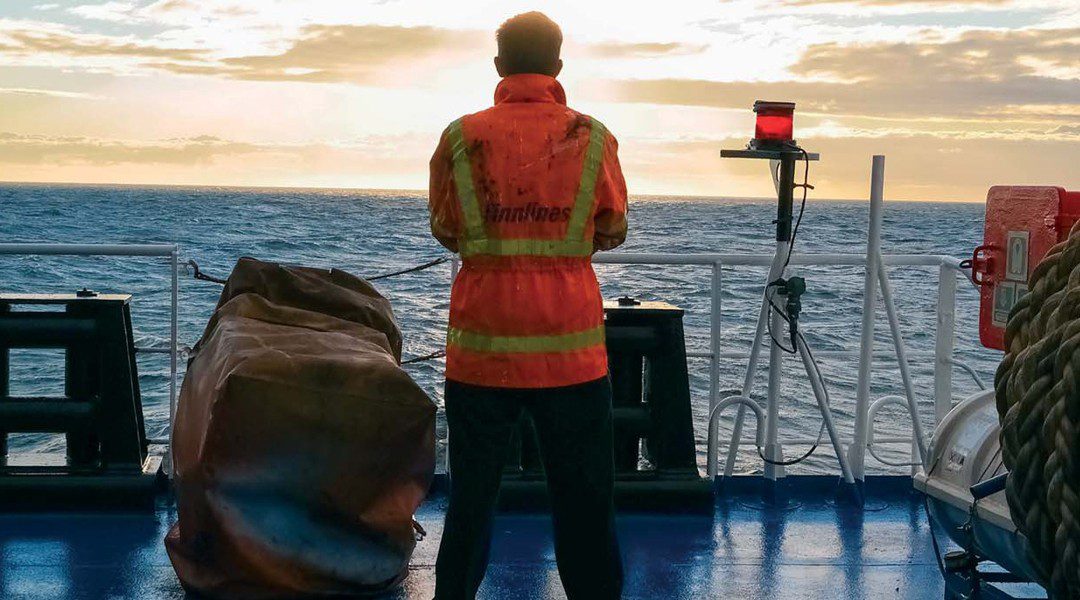Dislocations in product tanker positions driven by the Russia-Ukraine conflict amid low levels of global product inventories and a seasonal surge in South American diesel demand boosted Ardmore Shipping’s Medium Range time charter equivalent values 63.5% for the second quarter with 50% fixed to $25,/d from the $15,/d earned during the first quarter, the company said May 4.
“While the initial strength began in the US Gulf, it now has spread to all regions and so the dislocations seem likely to persist beyond the immediate period of heightened tensions,” Ardmore’s chief executive officer Anthony Gurnee said during the company’s Q1 2022 earnings call. “In our fleet, rates have varied widely but we have fixed as high as $95,600 per day, and the average of our last two weeks of our MR voyages fixed now stands at $34,400 per day.”
Ardmore said the company has not undertaken any voyages from Russia since the outbreak of the conflict, but instead has focused on optimizing commercial performance elsewhere since the oil market has turbo-charged the product tanker sector. Dislocation of physical supply and demand has resulted in an increase of long-haul voyages from the USGC to Europe and from the East of Suez markets to both Europe and South America, as charterers sought to replace self-sanctioned Russian barrels in Europe and supply into a seasonal shortage of diesel in the Caribbean and South America.
TONNAGE DISLOCATIONS CAUSE FREIGHT VOLATILITY
Spot MR tanker markets in the Americas have been extremely volatile since Russia’s invasion into Ukraine. Benchmark spot rates raced up 180% to the Caribbean, 170% to Brazil, 260% to the UK Continent and 112% to Chile between Feb. 23 and April 6, before trans-Atlantic ballasters chased MR rates down 86%, 61%, 67% and 57% by April 27 from the early April peak, respectively, data from S&P Global Commodity Insights shows. The rate trough then triggered ship owner interest to reposition tonnage back in the European market, prompting USGC-loading freight to take a U-turn rising 53% for trips to the Caribbean, 51% to the UK Continent, 59% to Brazil and 44% to Chile, with S&P Global indicating freight at $/mt, $/mt, $/mt and $/mt, respectively, on the May 4 Americas market opening.
“How high rates can go and for how long is unclear, but with MR transport costs still around 5% of the value of the cargo shipped, we don’t see rates alone capable of destroying demand,” Ardmore chief financial officer Paul Tivnan said. He noted that the chemical tanker market was driven by similar factors as the products tanker sector, exacerbated by urgent buying of liquid fertilizer and various types of vegetable oil to substitute for volumes lost out of Russia and Ukraine.
“With the dislocation of cargo flows and a steady stream of oil market events continuing to disrupt, there is a sense that these conditions could continue for quite some time, even after a cessation of hostilities,” Tivnan said.
DIESEL ARBITRAGES IN FLUX
A reverse arbitrage for ultralow sulfur diesel moving distillates together with unleaded gasoline from the UK Continent to the US Atlantic Coast has added strength to the global clean tanker freight complex rather than glut tonnage on the USGC, market sources observed.
But should plans by the European Union to phase out Russian crude imports within six month and oil products by the end of the year, as announced by the European Commission President Ursula von der Leyen May 4, be executed, this could well re-open the diesel arbitrage from the USGC to the Europe and cause further dislocation in the clean tanker market as Europe was importing 1.5 million b/d of products, mostly diesel, before the Feb. 24 invasion of Ukraine. The S&P Global refined product arbflow showed the arbitrage for ultralow sulfur diesel from the USGC to the UK Continent closed at minus $/b based on May 3 data.
REFINERY DISLOCATION BOOSTS TON MILES
Meanwhile the ongoing trend of refinery dislocation is expected to continue to boost product tanker demand, as export-oriented refinery capacity growth of 8.5 million b/d from 2022 to 2026 compared to refinery closures of 5.9 million b/d in the mature markets of the US, Europe, Japan and Australia will result in ton-mile demand growth of 2%-3% per year through 2030, according to Ardmore’s earnings presentation.
Ardmore Shipping had 21 Medium Range tankers trading in the spot market or on time charters at the end of Q1 2022. In the second quarter the company expects to have 93% of its revenue days for its MR Eco-Design tankers and all of its Eco-Mod tankers employed in the spot market and the remaining 7% of its revenue days for its MR Eco-Design tankers on time charter.






